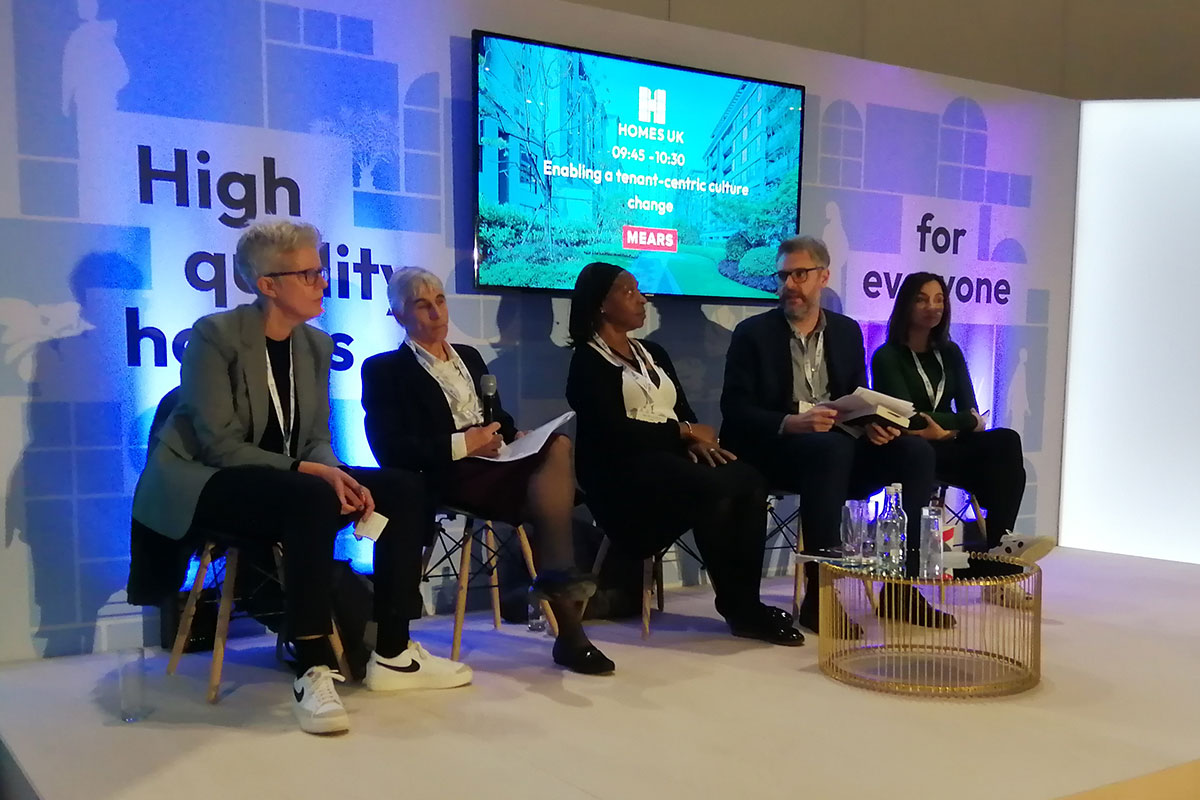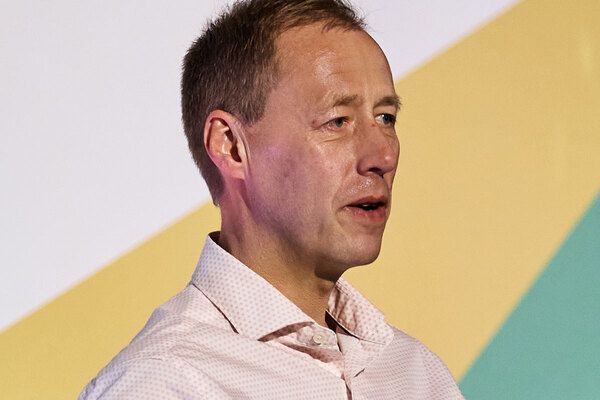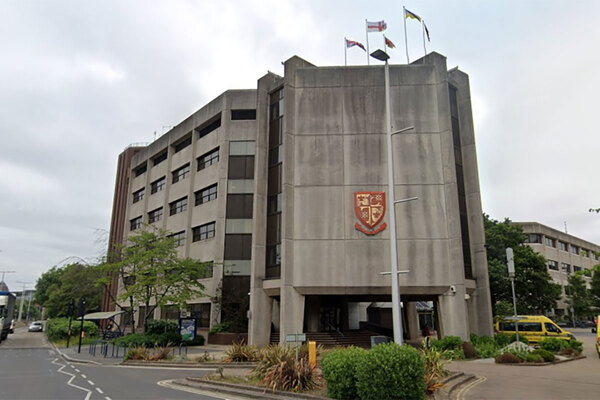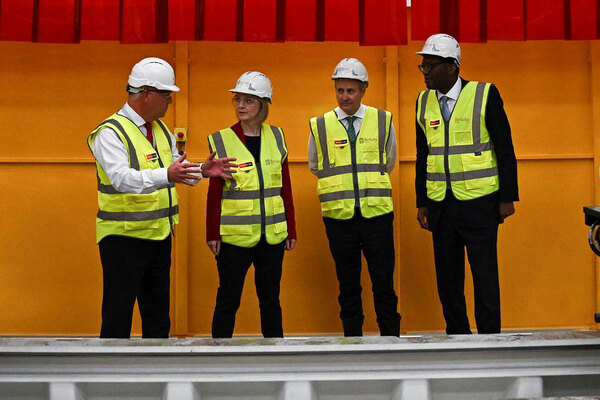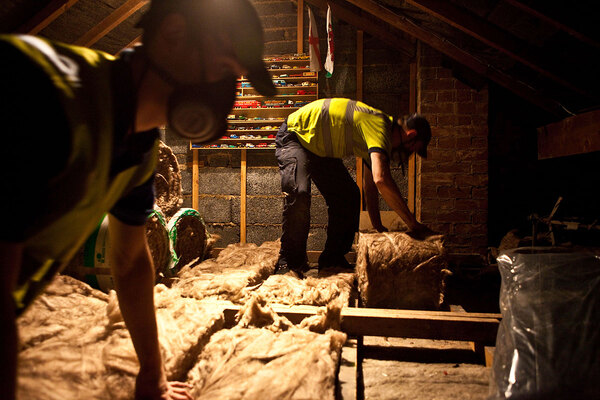RBH self-referred to regulator two years ago over Awaab Ishak’s death
The Regulator of Social Housing (RSH) has delayed drawing any conclusions from an investigation into Rochdale Boroughwide Housing (RBH), despite being alerted about Awaab Ishak’s death nearly two years ago, it has emerged.
Inside Housing can reveal that RBH referred itself to the regulator the month after the two-year-old’s death in December 2020. However, the RSH has yet to publish any conclusions, due its standard practice of not reaching conclusions while an inquest is ongoing.
RSH standard practice in potential consumer standard breaches should mean the regulator carries out an assessment to check that other tenants are not at risk from the same presenting issue while it waits for the outcome of other investigations.
But, two years on, reports show that the estate where Awaab lived is still riddled with damp and mould.
Awaab died from a respiratory illness caused by prolonged exposure to mould in an RBH flat, where he lived with his parents, Faisal Abdullah and Aisha Amin, in Rochdale, Greater Manchester.
His family had complained to the social landlord repeatedly about the state of their home.
The coroner who made the ruling concluded the inquest into his death this month.
The conclusion also raised issues such as poor repairs, maintenance, tenant treatment and, particularly, poor treatment because of ethnicity.
It has now emerged that the RSH was told about the death nearly two years ago, when RBH referred itself to the regulator.
A social housing provider should self-refer to the regulator when it believes it may be in breach of any of the economic or consumer regulatory standards. The RSH will then investigate to see if this is the case.
But, according to the RSH, while investigations by other regulators, government agencies and judicial bodies – such as the coroner – are still underway, its standard practice is to consider their findings before reaching a conclusion.
Despite not coming to a conclusion, standard practice in consumer breaches – which cover issues with repairs and maintenance – would lead the RSH to investigate whether other people are at risk from the same issue.
Inside Housing asked the regulator specifically whether action was taken to address any danger to residents following Awaab’s death, but it said it cannot comment on cases while they are ongoing.
The regulator explained that, in cases where a risk to residents needs to be assessed, the assessment depends entirely on the facts of the case.
It said that in the course of any assessment, the regulator will seek evidence and assurance that the landlord is proactively identifying risks to tenants and taking steps to protect them from those risks.
If a threat to residents’ safety is found, the regulator said, “it is the landlord’s responsibility to take any necessary actions to ensure that their tenants are safe, and to provide us with assurance that they have done so”.
If the landlord fails to do so, the regulator has a range of regulatory and enforcement powers it can use, including finding the provider in breach of the Home Standard.
In 2021/22, the RSH found eight registered providers had breached a consumer standard and risked harm to tenants. RBH was not one of them.
The regulator may also direct the Greater London Authority and/or Homes England not to give the landlord financial assistance for social housing.
Last week, Michael Gove, the secretary of state for levelling up, housing and communities, announced that the government had pulled an expected £1m in Affordable Homes Programme (AHP) funding from RBH.
Sky News reported that the estate where Awaab lived is still riddled with damp and mould two years on. Residents said it was a “terrible” place to live.
ITV News revealed this week that a pregnant woman on the same estate is also living with damp and mould and fears for the health of her unborn child.
A year after Awaab’s death, the regulator gave RBH a governance grade of G1, the highest possible, and a viability grade of V2. These standards are based on how well the organisation is run and whether it is financially viable.
These were the same grades it had received previously, though the basis for the V2 grade changed to acknowledge financial risk linked to RBH’s controversial redevelopment plans for tower blocks known as the Seven Sisters.
At the time, Gareth Swarbrick, RBH’s chief executive who was sacked recently, said: “I am very pleased that we have received this judgement in the same week that we celebrate eight years as a pioneering mutual housing society, jointly owned by our tenants and employees.”
A spokesperson for the RSH told Inside Housing: “We are investigating Rochdale Boroughwide Housing’s performance against the regulatory standards.
“We cannot comment on regulatory cases while they are ongoing.”
RBH declined to comment.
It comes in the same week the regulator asked all social housing providers to submit data on their systems to identify and deal with damp and mould.
In a letter to chief executives, Fiona MacGregor, chief executive of the RSH, said: “Damp and mould are potential hazards under the Housing Health and Safety Rating System; failing to address them could lead to failure of the Decent Homes Standard and our Home Standard.
“All providers should have systems in place to ensure that their homes are free from hazardous levels of damp and mould, and to identify and deal with cases promptly and effectively.”
Sign up for our regulation and legal newsletter
Already have an account? Click here to manage your newsletters

